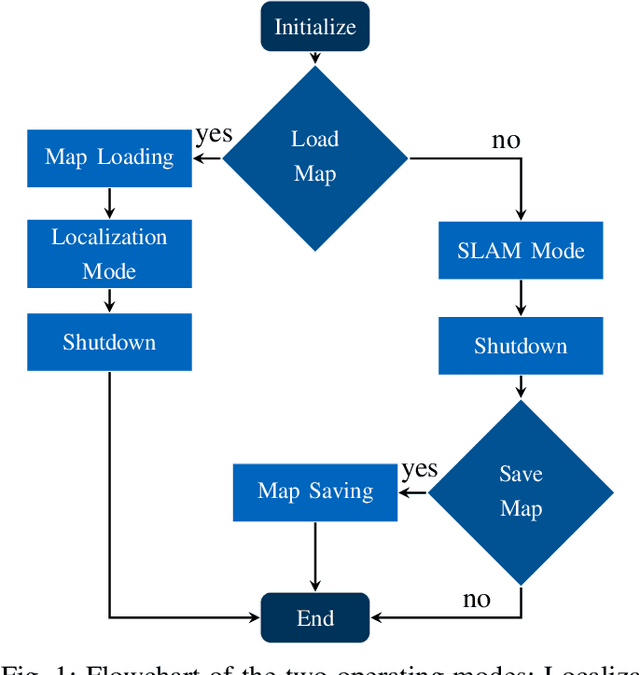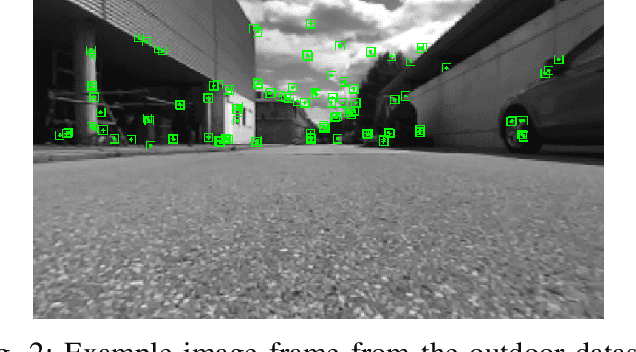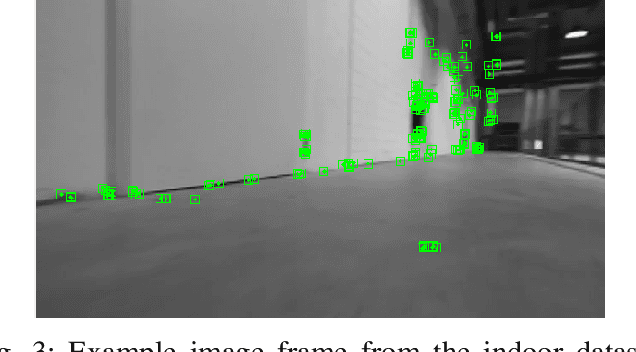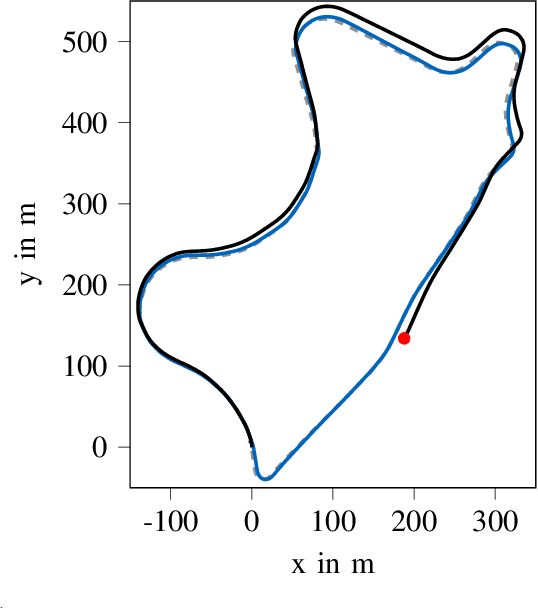Persistent Map Saving for Visual Localization for Autonomous Vehicles: An ORB-SLAM Extension
Paper and Code
May 15, 2020



Electric vhicles and autonomous driving dominate current research efforts in the automotive sector. The two topics go hand in hand in terms of enabling safer and more environmentally friendly driving. One fundamental building block of an autonomous vehicle is the ability to build a map of the environment and localize itself on such a map. In this paper, we make use of a stereo camera sensor in order to perceive the environment and create the map. With live Simultaneous Localization and Mapping (SLAM), there is a risk of mislocalization, since no ground truth map is used as a reference and errors accumulate over time. Therefore, we first build up and save a map of visual features of the environment at low driving speeds with our extension to the ORB-SLAM\,2 package. In a second run, we reload the map and then localize on the previously built-up map. Loading and localizing on a previously built map can improve the continuous localization accuracy for autonomous vehicles in comparison to a full SLAM. This map saving feature is missing in the original ORB-SLAM\,2 implementation. We evaluate the localization accuracy for scenes of the KITTI dataset against the built up SLAM map. Furthermore, we test the localization on data recorded with our own small scale electric model car. We show that the relative translation error of the localization stays under 1\% for a vehicle travelling at an average longitudinal speed of 36 m/s in a feature-rich environment. The localization mode contributes to a better localization accuracy and lower computational load compared to a full SLAM. The source code of our contribution to the ORB-SLAM2 will be made public at: https://github.com/TUMFTM/orbslam-map-saving-extension.
 Add to Chrome
Add to Chrome Add to Firefox
Add to Firefox Add to Edge
Add to Edge